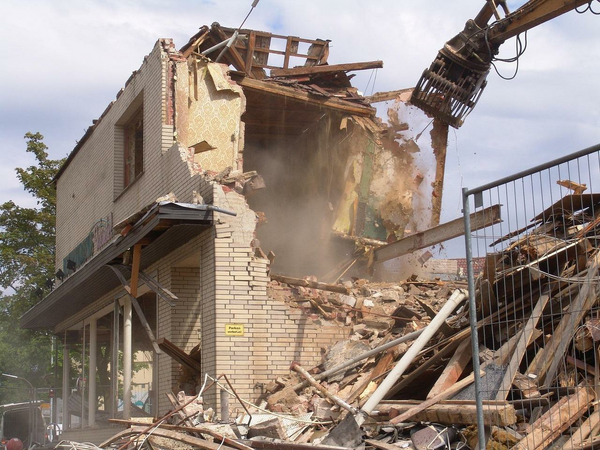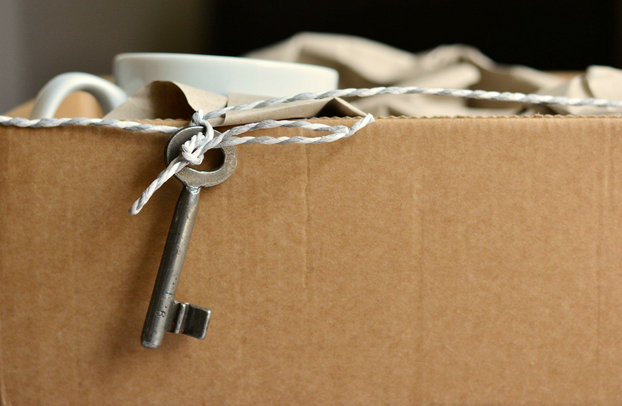Winter often drives our electricity and gas bills through the roof, just like the heat which escapes from our homes. Fortunately, if you’re willing to put a bit of time and money into things then there are a number of efficient ways to heat your home without driving up your bills.
If you’re trying to save money on heating this winter then read on, we’ve got some great tricks that will help you stay warm and cozy without taking a major hit to your pocketbook.
1. Strategic Space Heaters
Space heaters get a bad rap, especially the older convection models. The truth is that many people who used them in the past were using largely inefficient models that simply weren’t up to par due to older technology.
These days you can find great, energy-efficient space heaters that will help a room stay warm no matter what’s going on. Whether you go with a micathermic heater or a standard model is largely up to your budget but for those cold winter months, it’s often a great idea to just let your central heating get a break and drag around the heater with you.
What you shouldn’t do is try to get one for every room in the house and run them all the time, it’s not efficient and probably won’t save you any money over the course of the winter.
2. Baseboard Heaters If you’re looking to keep a room warm, it’s hard to go wrong with a good baseboard heater.
These heaters come in a couple of varieties but the principle is the same: heat rises so having a heater at a lower level in the room will help keep the room warmer while using less energy. Less area to rise means that the heating will last for longer.
For the best efficiency, a hydronic model is the best way to go. These are essentially low-profile radiators, but the advantage comes from the oil or water contained within holding thermal energy for longer than the heating elements in a convection heater. They’re also more expensive, but either way, you can save money on heating through using them in smaller rooms around the house.
3. Use the Fireplace
Many people don’t bother to use their fireplaces for anything but setting the mood in a room.
This is a big mistake, a well-constructed fireplace radiates a lot of heat and wood is much cheaper than electricity or gas in most cases. If you’re willing to buy wood by the half-cord or full cord you can save even more money.
The aesthetic is a nice bonus, of course, but if you have a fireplace and you’re not using it in the cold season you’re definitely missing out in a big way on savings.
For an added bonus you can invest in steel or cast iron fireback. These will capture much of the heat that radiates out of the chimney and radiate it back into the room.
4. Wood Burning Stoves
Similar to fireplaces, wood-burning stoves aren’t often built into homes these days. If you’re willing to put one in, however, you’ve now got one of the most cost-efficient sources of heat possible.
The initial fire is great, of course, but the bigger advantage comes from the material which the stove is created out of. Cast-iron holds heat for a decent amount of time but also radiates it at a reasonable rate.
Compared to a fireplace they’re even more efficient: a fireplace allows much of the heat to exit through the chimney while the construction of a wood-burning stove traps thermal energy and then allows it to radiate throughout the room.
5. High-Efficiency Central Heating
While the return-on-investment will take some time to catch up with the rest of these methods, having an old heat pump replaced with a newer model will make for tremendous savings on monthly bills.
Newer models of heaters have been approaching levels of efficiency undreamed of.
They can also be expensive, however, and not everyone has the up-front cash for the investment. Even if you don’t have the money, you may want to consider hiring a professional to change filters, clean ducts and perform regular preventative maintenance around your home HVAC system.
Maintenance will keep a heater functioning more efficiently and it’ll also allow the heater to have a longer lifespan. That’s a dual-threat when it comes to cost-efficiency.
6. Seal Up and Check On Insulation
The biggest loss of heat efficiency in a home is, hands-down, due to a lack of sealing around the home. Hot air escapes through gaps as a matter off equilibrium. When it’s not escaping, it rises which means the attic’s insulation should be inspected before the cold season.
Weatherstripping, any holes around cables and lines coming into the house, sealing up areas where plumbing comes in… it’s a tedious task but one which will end up increasing the efficiency of whichever heating method you choose to use. Take careful stock of both the inside and outside of your home and take action.
Most homeowners will be able to do this themselves, but when in doubt contact a professional for assistance. You’ll be thankful when you see the lower bills rolling in the mailbox this winter.
Stay Warmer Without Spending Extra Cash
You don’t have to spend a ton of money to make sure that you stay warm this winter. Instead, you should focus on the efficiency of the different systems that you put in place while creating a comprehensive plan for the winter.
Do you think your home is up to par?
Are you willing to bet money on it?
If not, then perhaps it’s time to get around to upgrading your home’s heating to be more efficient before this next winter hits.




 POSTED BY
POSTED BY 

